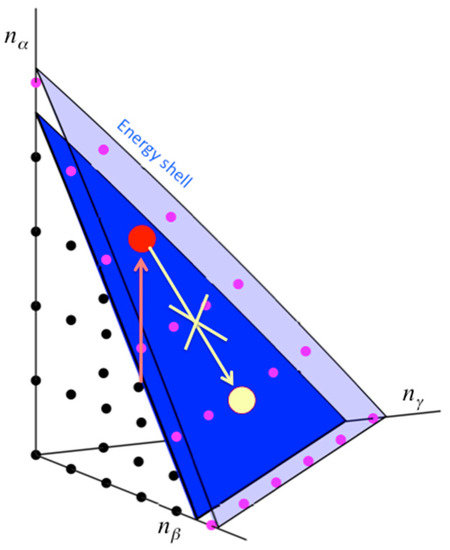Quantum Ergodicity (Closed)
A topical collection in Entropy (ISSN 1099-4300).
Editor
2. Institute for Multiscale Simulation, Friedrich-Alexander University, Erlangen–Nuremberg, Germany
Interests: theoretical condensed matter, statistical physics and nonlinear stochastic dynamics, biophysics, chemical physics
Topical Collection Information
Dear Colleagues,
Ergodicity of classical stochastic processes can be viewed from several different perspectives, such as ergodicity in mean, ergodicity in correlations, ergodicity in mean-squared increments, or ergodicity in distribution. Physically, a general question is: Can we deduce from statistical properties of an ensemble of identical non-interacting physical systems, e.g., molecules, the statistical behavior of each separate system entering the ensemble from its individual dynamics, and vice versa? It becomes especially important in the context of single-molecular research, such as studies of fluctuating ion currents through single biological ion channels undergoing open-shut gating dynamics (mostly classical objects) or intermittency of fluorescence blinking of single nanocrystals or single organic molecules (quantum objects). Another important issue relates to micro-canonical thermalization of quantum mechanical or semi-classical systems with a few degrees of freedom, like hydrogen atom in a strong magnetic field, or a few body system of cold atoms, or vibrational relaxation in molecules. A generalization of the classical concept of ergodicity on quantum mechanical systems is a delicate issue, which is still in its infancy. This Special Issue is devoted to different aspects of quantum ergodicity and its breaking: From micro-canonical thermalization in quantum-mechanical systems with a few degrees of freedom to statistical properties of quantum jumps in single-molecular systems.
Prof. Dr. Igor Goychuk
Guest Editor
Manuscript Submission Information
Manuscripts should be submitted online at www.mdpi.com by registering and logging in to this website. Once you are registered, click here to go to the submission form. Manuscripts can be submitted until the deadline. All submissions that pass pre-check are peer-reviewed. Accepted papers will be published continuously in the journal (as soon as accepted) and will be listed together on the collection website. Research articles, review articles as well as short communications are invited. For planned papers, a title and short abstract (about 100 words) can be sent to the Editorial Office for announcement on this website.
Submitted manuscripts should not have been published previously, nor be under consideration for publication elsewhere (except conference proceedings papers). All manuscripts are thoroughly refereed through a single-blind peer-review process. A guide for authors and other relevant information for submission of manuscripts is available on the Instructions for Authors page. Entropy is an international peer-reviewed open access monthly journal published by MDPI.
Please visit the Instructions for Authors page before submitting a manuscript. The Article Processing Charge (APC) for publication in this open access journal is 2600 CHF (Swiss Francs). Submitted papers should be well formatted and use good English. Authors may use MDPI's English editing service prior to publication or during author revisions.
Keywords
- Quantum ergodicity in mean and correlations
- quantum ergodicity and foundations of statistical mechanics
- quantum ergodicity and vibrational relaxation in isolated molecules
- quantum ergodicity and microcanonical thermalization versus Anderson localization
- ergodicity in quantum wave functions and semi-classical chaos
- quantum jumps intermittency and ergodicity
- ergodicity of continuous time quantum walks







